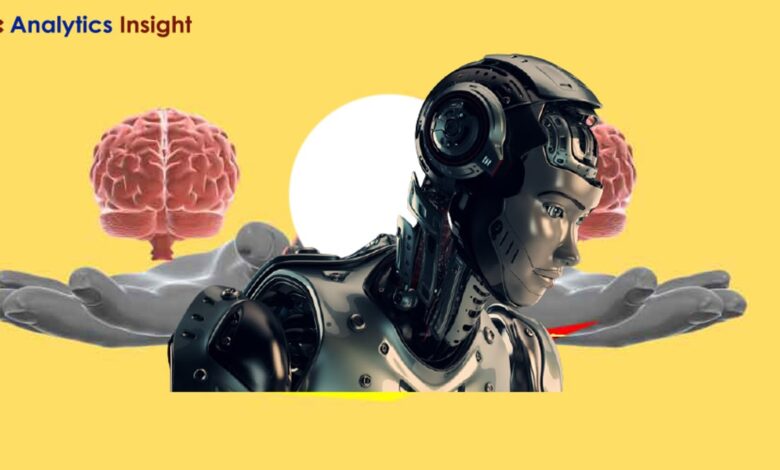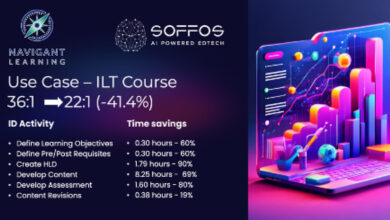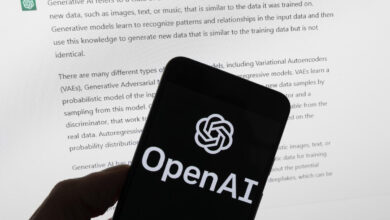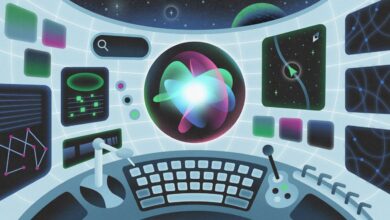How Generative AI Accelerates Robot Development?

What are Humanoid Robots?
Humanoid robots are robots that act and resemble humans. They are designed like a human and embedded with the logic to take a move on human expressions, movements, and interactions. These robots are covered up with sensors, an array of cameras, and Artificial intelligence and machine learning technologies.
Humanoid Robots are used in Hospitality, some humanoid robots, like Kime, in Spain are serving customers with drinks and snacks. Next is used in education, Humanoid Robots Nao and Pepper are helping students in educational settings, teaching programming, and creating content. Also, other humanoid robots are catering services in healthcare settings, like communicating patient information and measuring vital signs.
Let us navigate to know how generative AI accelerates robot development improving Human lives.
According to 2023 reports, the humanoid robot development market is valued at $1.8 billion. And was predicted to increase to more than US$13 billion over the next 5 years. Fueling that growth and demand will be advanced humanoid robots with greater AI capabilities and human-like features that can take on more duties in the service industry, education, and healthcare.
Also, few researchers stated that OpenAI will likely adapt its GPT language models to fit the requirements of Figure’s robots. Microchip manufacturer Nvidia revealed plans for Project GR00T, which aims to develop a foundation model for humanoid robots.
Generative AI and ChatGPT models are taking up the development of humanoid robots, especially in the country of China. AI advancements are Fore fronting with innovations like robots or human-like robots aiming to improve lives smartly. AI robots bring their functionality in association with factories and households, but the technology still has its challenges that resist its ability to replace human labor. It is not only important but also interesting as well to know how Generative AI Accelerates Robot Development.
Most Chinese companies are targeting to control this technology to transform the industries, specifically in robotics and pharmaceuticals. The indulgence of advanced AI models like ChatGPT has assisted in a new era of human-like interaction and content generation.
In the realm of robotics, generative AI is empowering machines to comprehend and navigate their surroundings with greater precision.
Investments and market records
Li Zhang, the COO of LimX Dynamics, a startup based in Shenzhen, accents the revolutionizing the impact of AI on their RND journey. The increase in interest is seen across the industry.
Platforms OpenAI and Tesla are actively participating the investments in humanoid robot startups. Meanwhile, it is remarked that Chinese automaker BYD has invested in Agibot. Agibot is a robotics firm in Shanghai. As always China remained the world’s largest space for industrial robotics, followed up being uniquely positioned in the Chinese market.
This is how Generative AI accelerates robot development in terms of market records.
Economic challenges
Success without challenges is impossible. While inventions and innovations in technology are evolving every day signifies growth which in turn comes from challenges and improvement.
LimX Dynamics has admitted robots are struggling to resemble human-like motion, and even for a while AI enhances decision-making.
LimX States “After working for a few months, I saw how various tools’ abilities were improved because of AI,” he said in Mandarin.
“It has accelerated our entire research and development cycle,”
Future Capital, an investor in LimX, reads that the mechanical systems and functionalities need further enhancements on refining based on tests. This acknowledgment was done aiming that robots can work and compete with the human workforce in complex environments.
A Chinese startup, Fastra, focuses on bringing the cost of a single humanoid robot to US$50,000, which can allow businesses to quickly regain their investment. It is noted that Chairman of Founders Space, Steve Hoffman who is working with Fastra, believes on the price point, when they meet, the market is all set for a large-scale adoption.
“We have already received six orders from research institutions,” he said, noting the startup aims to lower the cost per robot to between $50,000 to $100,000 by rollout.
“If we can hit a $50,000 price point, we can sell a lot of robots,” he said, pointing out the robots’ batteries can be charged as they work, 24 hours a day. “Could pay for the robot in a year.” Said by Steve Hoffman, chairman of a Founders Space.
Coming to the Pharmaceutical Industry Generative AI is making notable steps in drug discovery.
CEO of Insilico Medicine, Alex Zhavoronkov, considers that AI cuts down the cost by getting rid of failed experiments, and also by improving productivity without laying off jobs.
According to traditional research, the company is fast-advancing clinical trials by synthesizing only a fraction of the molecules.
“You don’t save costs in our business by having fewer people. You save costs by making fewer experiments that fail,” said Alex Zhavoronkov, chairman of the board, executive director, and CEO of Insilico Medicine.
Hence in the pharma industry, this is how Generative AI accelerates robot development making it better.
According to Stanford’s latest AI Report Index, China stood up as the biggest installer of industrial robots over Japan in 2013 and now accounts for 50% and more of the whole global.
Coming to the Impact on human jobs, it won’t replace human workers completely. However, AI advancements are not enough to make workflow smarter, or the way AI assists the robots to work as humans and feed them on how to control and make decisions. Hence, these robots are not a complete replacement for humans because of the mentioned mechanical limitations LimX has revealed in his own words.
Conclusion
Concluding that Generative AI is now used to develop humanoid robots, making them more practical for different applications.
Due to some mechanical limitations, the enhancement in AI task planning and cost reduction is permitting faster adoption of these robots in factories and in various other industries.
The exposure of affordable humanoid robots is expected to have a notable impact on the global labor market, making it necessary for the workforce to adapt and upskill.
By collaborating with machines, new opportunities will arise, and those who are prepared to embrace these changes will thrive in this evolving landscape.



